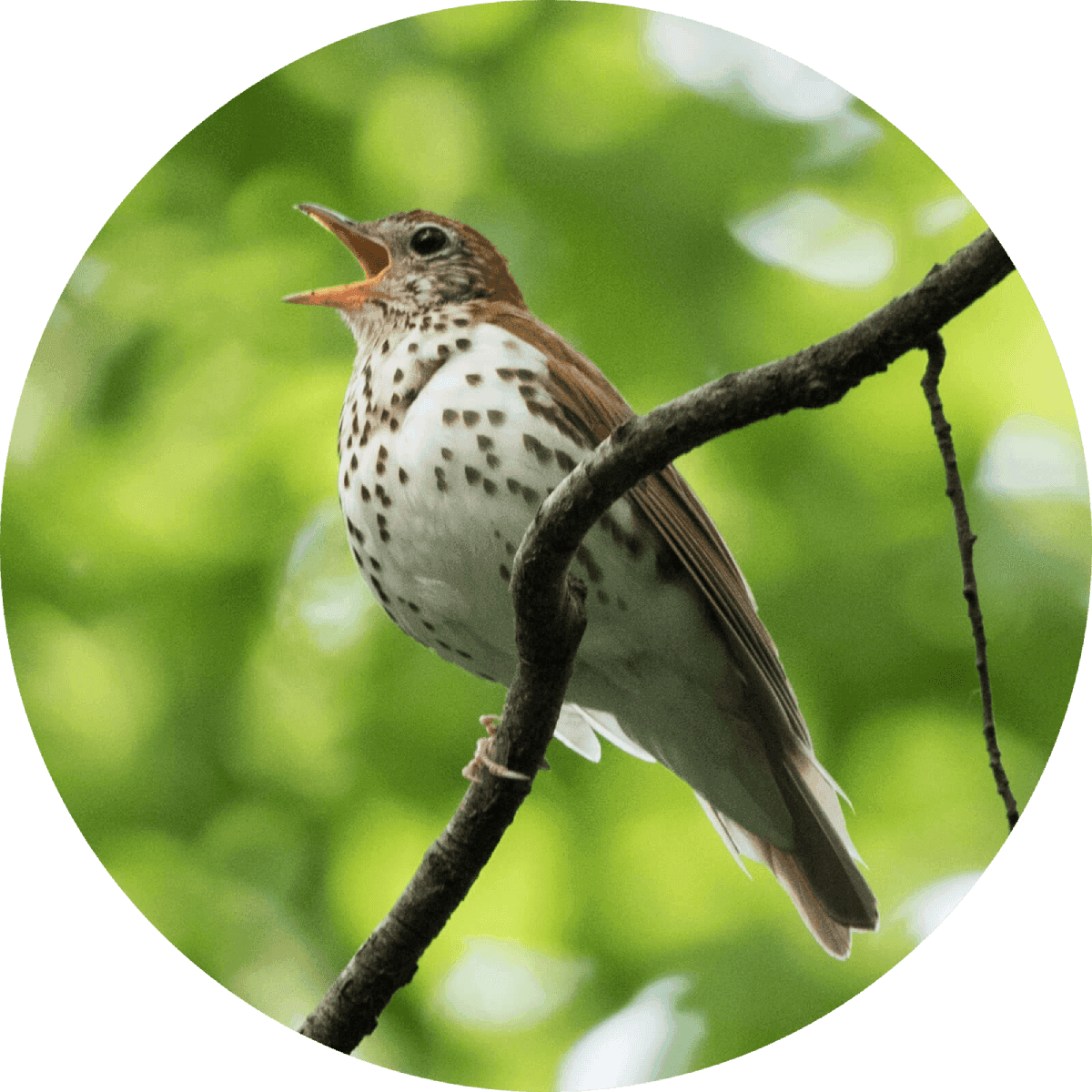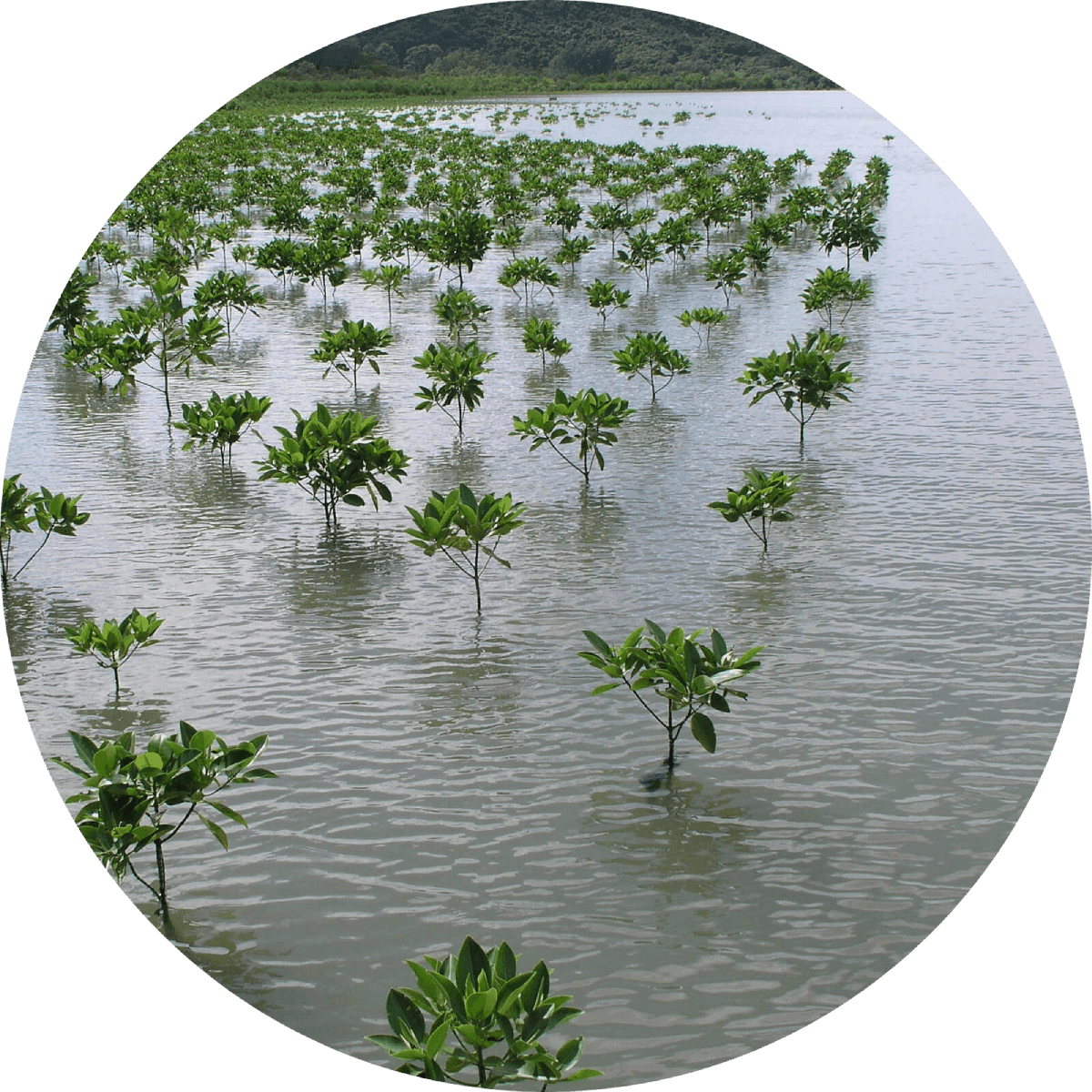"The Rio Grande is in peril: Its water is being depleted by farmers and cities, while a climate-change-induced megadrought that has desiccated the American Southwest for more than two decades is threatening hopes of its recovery. In 2022, the river ran dry in Albuquerque for the first time in four decades. In the same year, the picturesque Santa Elena Canyon, one of the most popular sights in Big Bend, also ran dry for the first time in at least 15 years, according to the National Oceanic and Atmospheric Administration. “If the river were a heart, it would be flatlining,” said Samuel Sandoval-Solis, an associate professor at the University of California, Davis, studying water management."
Several breaks in waste water pipes cause more than 150 million gallons of untreated sewage to flow into the Rio Grande. Sewage from broken pipes has backed up onto streets and about 40 homes. El Paso Water had to choose between letting the sewage back up into roadways and homes or discharge the waste into the river. “Discharging to the river is not something that’s taken lightly. There are going to be adverse effects to the river, terribly regrettable that we have to do something like this. . . But it is the only water system that can take such a large amount of water, but you know, regrettably there are going to be environmental effects to the river, and the ecosystem.”
"The river is treacherous and people who aren’t from here don’t know that. I grew up here along the Río Bravo river [Río Grande]. I wouldn’t even go into that water to bathe or swim. There are springs and whirlpools and when the current takes you it can pull you under and you don’t resurface. I’ve been standing guard at the river for the last two months and it’s very sad to watch so many parents risking their lives with their children. It happens all the time."
"An average flow level recorded earlier this week at the Rio Grande at Embudo was the third driest seen for that date in over a century. . . The [United States Geological Survey]'s stream gauge at Embudo is the oldest in the country, measuring streamflow in that area between Española and Taos since 1889. . . 'The impacts are real. . . The people downstream who need to use water have less. All of us -- Santa Fe, Albuquerque, farmers across the Rio Grande (and) the ecosystem; the plants, the fish, the birds.' "
"The effect of long-term warming is to make it harder to count on snowmelt runoff in wet times. . . and it makes the dry times much harder than they used to be."
"There are nine Pueblos whose grant lands straddle or border the Rio Grande, and many of them have substantial lands that would very likely be found to be "practicably irrigable," if that standard were found applicable to those lands. The Rio Grande is already famously over-appropriated, and the unadjudicated claims of the Pueblos threaten to seriously unhinge the tenuous existing array of uses of that precious water, not to mention the division of the river's flows among the basin states. . . for now the nature, extent, and priority of Pueblo rights remains uncharted ground."
“. . . the populations of many terrestrial animals have declined over time, as some are restricted to remnants of native habitats along the Lower Rio Grande. Among the mammals and birds that occur, or used to occur, along the Lower Rio Grande, eight are listed as threatened or endangered by the State of New Mexico: javelina, bald eagle, neotropic cormorant (Phalacorax brasilianus), peregrine falcon (Falco peregrinus), southwestern willow flycatcher (Empidonax traillii extimus), interior least tern (Sterna antillarum athalassos), Bell’s vireo (Vireo bellii), spotted bat (Euderma maculatum) and Mexican gray wolf (Canis lupus baileyi). Of these eight, three are also listed as threatened or endangered by the federal government: the wolf, the least tern and the southwestern willow flycatcher.”
“The invasive species Salt Cedar, has proliferated through large portions of the Big Bend area (where the Rio Conchos joins the Rio Grande), and is known to consume large quantities of water. One monoculture of Salt Cedar is believed to have choked 150 miles of the river corridor downstream of El Paso/Ciudad Juarez and may be the most extensive infestation of this species in the world.” “However, there are public and private agencies working to protect and conserve remaining bosque habitats along the Lower Rio Grande. Removing salt cedar is a major task, and other efforts include preserving parcels of land along the river, reintroducing native willow and cottonwood and restoring wetland habitats.”
“Our Hispano heritage runs deep in northern New Mexico. We are connected to our land and water like we are connected to our families and traditions. We depend on the land – whether it is fishing, hunting or enjoying the peace and quiet of nature.”
“As a fishing guide, I've seen how little it takes to alter a place forever and this is one of those places that deserves to stay just as it is. If we do not protect Rio Grande del Norte, we lose our connection to the place, and in New Mexico, that connection is deeply rooted in our culture. As a native New Mexican, a sportsman, and as a father, I can say with certainty that if we lose that connection, we risk losing our culture. That connection – that culture – is everything to us here.”
“The Rio Grande I saw decades ago seemed to flow through its rugged canyons and sandy grasslands with untroubled ease, an inevitable, permanent force of nature that could almost be taken for granted. Even then it wasn't true, though I didn't know it; by that time there had already been many schemes cooked up — some of them dating back over a century — that were capable of taking all or most of the water out of the river. Since then, demands on the river have increased, and its flows have decreased.”
“New Mexico and the southwestern United States have been transformed by the construction and widespread development of irrigation systems. Irrigation has allowed agriculture, urban growth and economic development to flourish in regions where it would otherwise have been impossible. However, it has also taken a heavy toll on river ecosystems, most of which have been greatly altered and depleted due to dam-flow regulation and water over-extraction. In New Mexico and other arid regions, the water supply in many rivers has been over-allocated for human uses so that in climatically dry periods, rivers go completely dry while the adjacent irrigation systems may have all the available water. . . Despite all these modifications to the river, fish continue to persist in the Rio Grande. At least 166 species of fishes have been found in the Rio Grande. . . However, many of the fishes in the Rio Grande today are not native to the river. . . The fishes of the Rio Grande basin were once dominated by a rich minnow assemblage including the federally endangered Rio Grande silvery minnow. But most of these unique species, along with most of the large-bodied native fishes, have been eliminated. Of the 27 species of fish that were historically native to the Rio Grande in New Mexico, only 14 remain.”
“. . . what little water reaches us at El Paso is anything but clear and so scant that the river south of that border cite is essentially dry and known as the Forgotten Reach. In fact, the Upper Rio Grande virtually stops at El Paso/Ciudad Juárez and does not resume significant flows until it reaches its confluence with the Rio Conchos at Presidio/Ojinaga some 250 miles downstream.”
“Historically, flooded banks of natural seeds are what attracted fall waterfowl to Bosque. We mimic that natural cycle by promoting the germination of seeds in the summer and slowly flooding the refuge in the fall with an intricate irrigation system. . . We've had good response from native vegetation by emulating the natural flood patterns of the old Rio Grande. Salt cedar [a problematic invasive species] won't out-compete cottonwoods and willow seedlings if we correctly time river or irrigation flows. That's getting more difficult as demands for water upstream increase.”


Learn about Maya Lin’s fifth and final memorial: a multi-platform science based artwork that presents an ecological history of our world - past, present, and future.

Discover ecological histories and stories of former abundance, loss, and recovery on the map of memory.

Learn how we can reduce our emissions and protect and restore species and habitats – around the world.

See how art can help us rethink the problems we face, and give us hope that each one of us can make a difference.

Help make a global memorial something personal and close to home. Share your stories of the natural world.